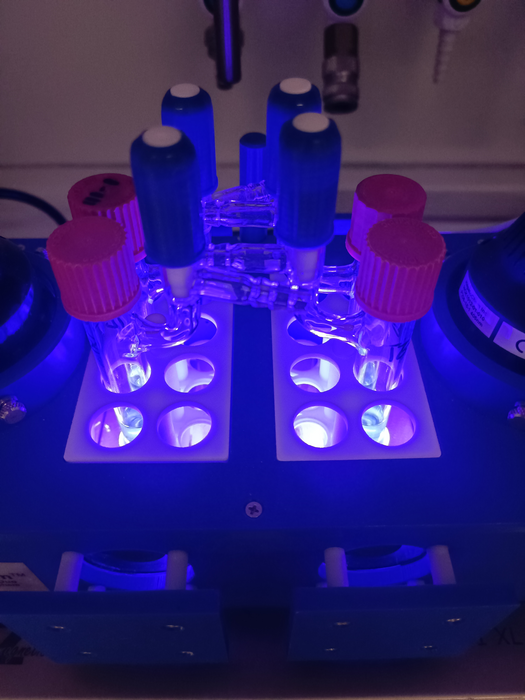“Visible light has proven to be a powerful tool for the synthesis of complex organic molecules,” explains Prof. Dr. Frank Glorius. “With its energy, we succeed in breaking certain chemical bonds X-Y.” The resulting X and Y fragments are highly reactive, so-called “radicals.” They can rapidly react with olefins A in a controlled manner, creating biologically valuable molecules (X-A-Y): β-amino acids. In this way, the Glorius group has succeeded in synthesizing a bifunctional oxime oxalate ester that provides both amine and ester functionalities for the reaction via an energy transfer strategy (EnT). This metal-free and mild method also features a broad substrate palette with up to 140 examples and excellent tolerance to sensitive functional groups. “Substrates ranging from the simplest ethylene to complex (hetero)arenes can participate in the reaction, providing general and practical access to β-amino acid derivatives – even those with previously inaccessible structural features.” β-Amino acids are frequently used as important components in numerous biologically active molecules, such as drugs and natural products.
About the method
The aminocarboxylation reaction was carried out under simple and mild photochemical conditions. The authors of the study used an inexpensive and commercially available thioxanthone as the organic photosensitizer. Most other methods for the preparation of β-amino acid derivatives require metal-mediated multistep manipulations of pre-functionalized substrates. In contrast, energy transfer enables a metal-free, highly regioselective intermolecular reaction for the one-step incorporation of both amine and ester functionalities into alkenes or (hetero)arenes. For the simultaneous formatin of C-centered ester and N-centered iminyl radicals, an oxime oxalic acid ester was used as a bifunctional reagent.
Funding
The study was financially supported by the Alexander von Humboldt Foundation and the German Research Foundation (SFB 858). In addition, the Institute for Basic Science (IBS-R010-D1) of the Republic of Korea contributed to the success by financially supporting a study abroad.


